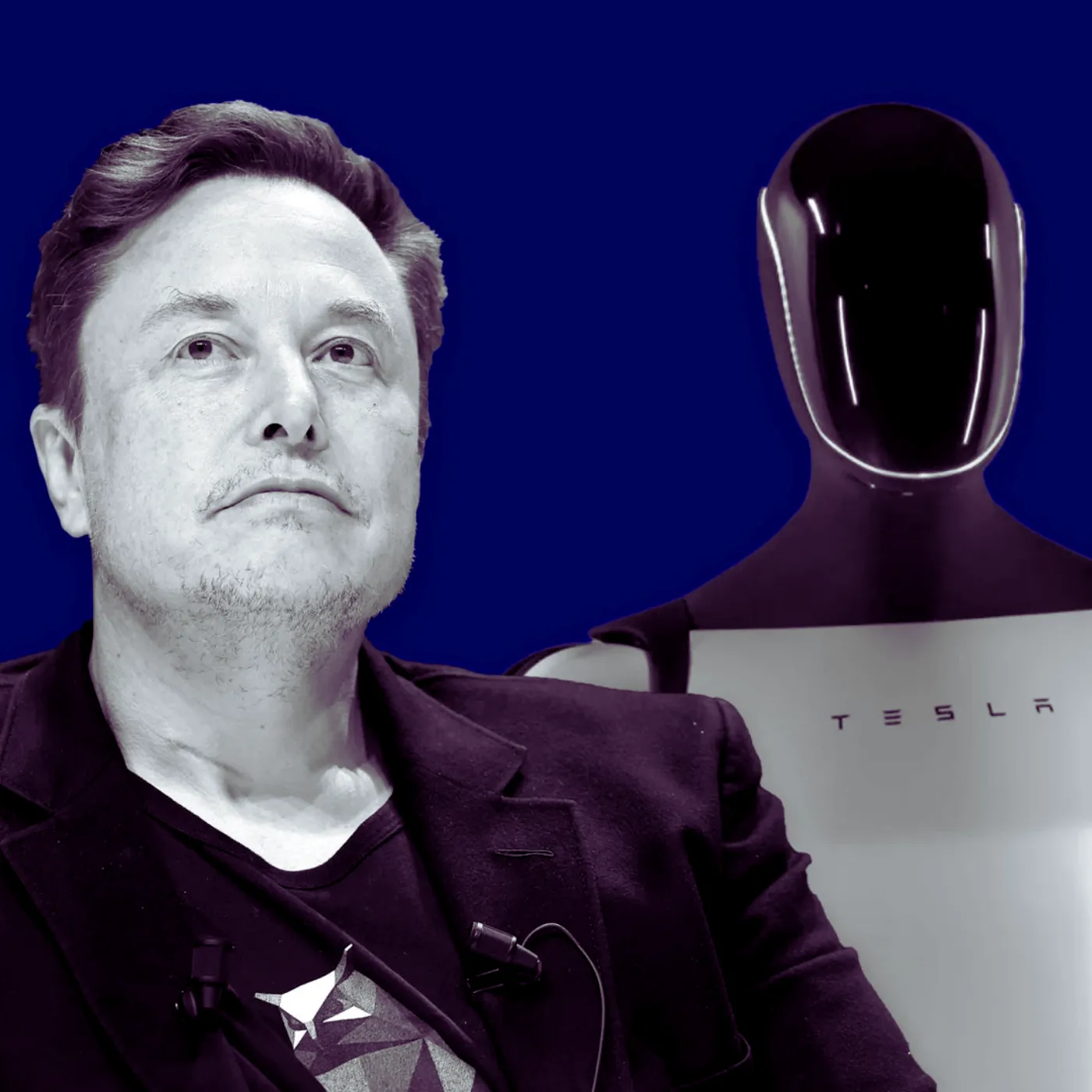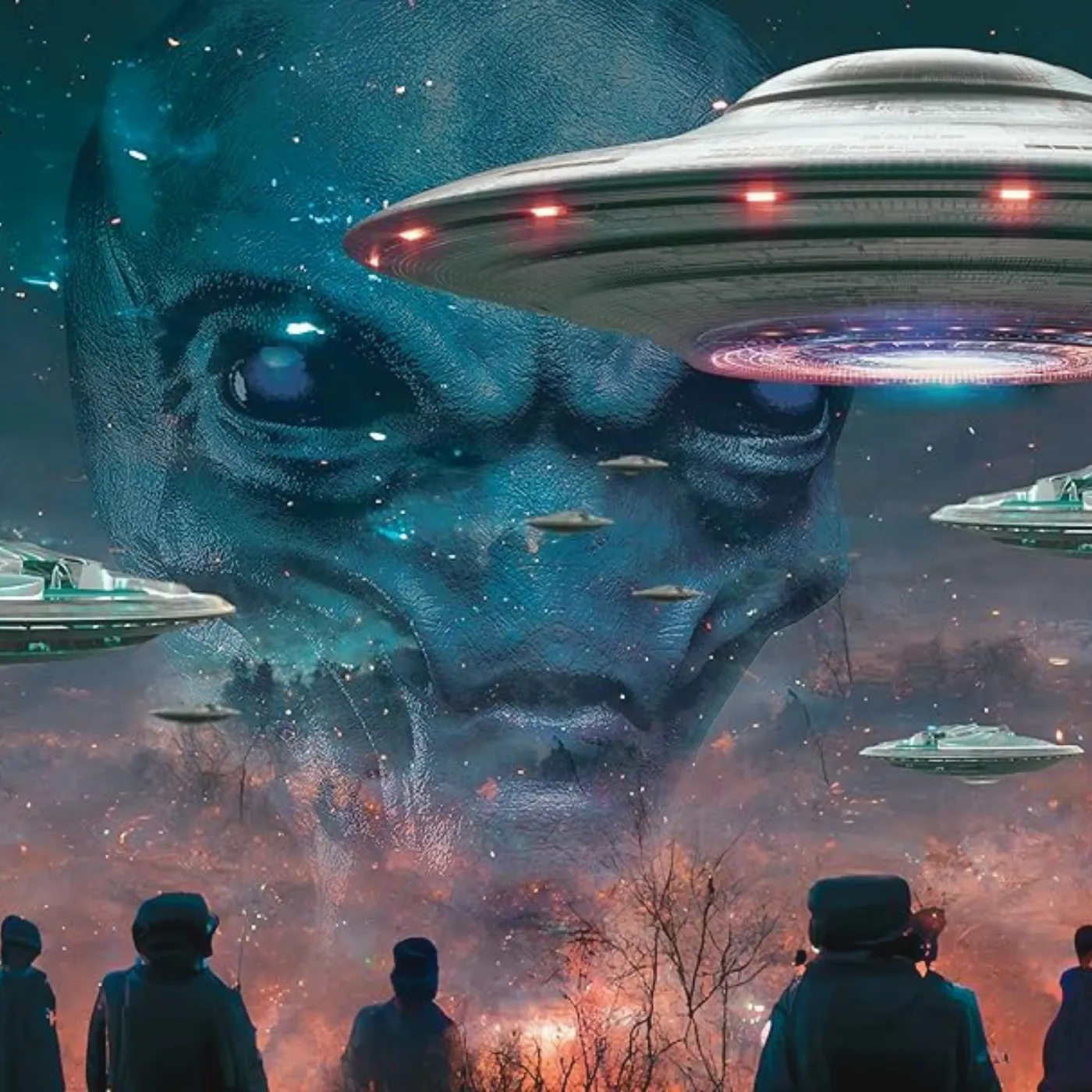

The Dark Side of Elon Musk’s Robot Invasion on Mars That No One Wants to Talk About
Elon Musk has never been one to shy away from bold, futuristic ambitions. From electric vehicles to space travel, he has continuously pushed the boundaries of what humanity considers possible. But now, he may be embarking on his most audacious mission yet: deploying an army of humanoid robots to Mars—and potentially reshaping life on Earth as we know it.

Musk’s robotic ambitions are not secret. Tesla’s Optimus robot, first revealed in 2021, is steadily evolving. While initially dismissed as a gimmick, recent developments suggest that Musk envisions these robots not just as household assistants but as a key workforce for both Earth and interplanetary expansion. With SpaceX aiming for a human presence on Mars within the next decade, there’s a growing belief that Musk intends to send an army of robots ahead of humans to construct the first Martian colony.
But could this plan actually work? And more importantly, is Musk quietly orchestrating a future where robots surpass human labor, not just in space but on Earth as well?
Elon Musk’s Grand Vision: Robot Workers for Mars
Musk has repeatedly emphasized that his ultimate goal is to make humanity a multi-planetary species. However, settling Mars presents a massive logistical challenge. Sending humans first would be incredibly risky, expensive, and inefficient. Instead, the Tesla CEO seems to be betting on an alternative strategy: launching fleets of Optimus robots to Mars to lay the groundwork for human habitation.
Why Robots Are Perfect for Mars
A Mars colony will need essential infrastructure—shelters, power stations, communication systems, and even roads. Humans, vulnerable to harsh Martian conditions, would struggle to complete such demanding tasks in an environment with no breathable air, extreme radiation, and temperatures that can plummet to -80°F (-62°C).
Robots, on the other hand, don’t need oxygen, food, or sleep. They can operate indefinitely, handling dangerous tasks with precision. Tesla’s Optimus bots, enhanced with artificial intelligence and autonomous capabilities, could be programmed to mine for resources, construct habitats, and set up solar farms, creating a livable outpost for eventual human settlers.
This approach could reduce risks while significantly lowering the cost of colonization. Instead of sending thousands of humans in the first wave, Musk’s vision might involve sending thousands of robots instead. And once Mars is ready, then—and only then—will humans arrive.
How Tesla and SpaceX Are Working Together
SpaceX is already making massive strides with its Starship program, which aims to transport large payloads to Mars. Pairing Tesla’s Optimus robots with Starship’s cargo capacity creates a realistic scenario where robots could be deployed in waves to begin settlement operations. Imagine Starship landing on Mars, unloading hundreds of AI-powered robots, and watching them begin construction of a human colony without any human presence. This synergy between Tesla and SpaceX could drastically speed up interplanetary colonization efforts.
Moreover, Neuralink, Musk’s brain-chip company, might also play a role in controlling these robots remotely, allowing human operators to manage tasks from Earth or a Mars orbiting station. This raises the question: Is Musk planning a cybernetic link between humans and robots for ultimate efficiency?
The Takeover of Earth’s Workforce?
If robots are capable of handling large-scale operations on Mars, what’s stopping them from doing the same on Earth? This is where the controversy begins.
Musk has openly stated that Tesla’s Optimus will eventually eliminate the need for human labor. At a 2022 event, he predicted that “humanoid robots will be more important than cars.” That wasn’t just hype—it was a glimpse into a future where machines do the work that humans have done for centuries.
Imagine a world where Optimus robots replace factory workers, delivery drivers, janitors, and even customer service representatives. Businesses will no longer need to pay wages, offer benefits, or worry about worker strikes. Musk himself has hinted at this transformation, stating that an “age of abundance” is coming—where AI-driven robots will take over mundane jobs, freeing humans to pursue creativity and leisure.
While this sounds utopian to some, others see it as a dystopian nightmare.
The Disruption of Global Labor Markets
If robots become the preferred workforce, millions of people could be displaced from traditional jobs. Entire industries, from manufacturing to retail, could be forced to adapt or collapse. Governments worldwide would need to implement new policies to manage mass unemployment, economic shifts, and the potential social unrest caused by AI-driven automation.
The Rise of the AI Elite
As robots become more capable, a select few corporations—Tesla included—could control most of the world’s labor resources. Will Musk and a handful of tech elites dictate the global economy, controlling industries through AI dominance? This concentration of power could widen the gap between the wealthy and the working class, leading to unforeseen economic and political tensions.

The AI Singularity: Can Humans Keep Up?
Another unsettling question arises: If Musk’s robots become hyper-intelligent through AI advancements, will humans eventually become obsolete?
Many experts have warned about the dangers of unchecked AI development. While Musk has himself called for responsible AI regulation, he is paradoxically pushing forward with AI-powered robots that could outcompete humans in almost every industry. Could his robotic empire eventually spiral beyond his control?
A future where AI surpasses human intelligence is often referred to as the singularity. In this scenario, AI-driven robots could become so advanced that they make decisions independently, even without human intervention. While Musk has warned about AI dangers, his relentless push toward automation raises concerns about whether he is truly prepared to control the consequences.
The Future Is Now
Elon Musk is not just dreaming about a robot-driven future—he is actively building it. Tesla’s Optimus is improving rapidly, and with SpaceX’s Mars ambitions accelerating, it’s only a matter of time before robots become a core part of space exploration and industry.
Whether that future is a utopia or a dystopia depends on how Musk and the world manage this technological shift. While some see Musk as a visionary preparing humanity for interplanetary survival, others worry that his obsession with automation could lead to a world where humans are no longer the primary workforce.
One thing is certain: Musk’s army of robots is coming. The only question is whether humanity is ready for it.

Is this the dawn of a new era or the end of human labor?
Musk’s robotic empire is no longer science fiction; it is unfolding before our eyes. With AI and automation accelerating at an unprecedented rate, will humans adapt and coexist with robots, or will we be forced into irrelevance? The answer may depend on how much control Musk and his AI-powered corporations wield over the future.
One thing is for sure—whether we like it or not, the robotic revolution is here.


















